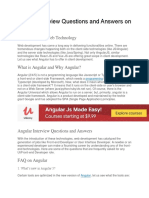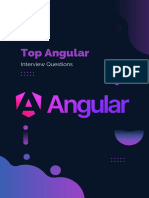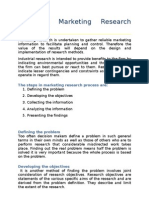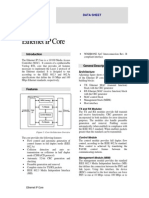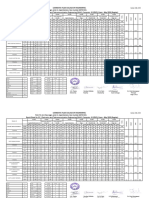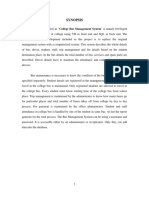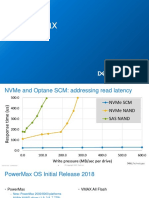0% found this document useful (0 votes)
65 views4 pagesInterview Technical Angular NGRX 2025
The document outlines the top 20 Angular interview questions, covering fundamental and advanced topics such as components, services, directives, and change detection. It provides detailed explanations of key concepts like data binding, dependency injection, and routing, as well as performance optimization techniques like lazy loading and AOT compilation. Additionally, it discusses Angular's reactive programming model using Observables and RxJS, along with the use of services and interceptors for handling HTTP requests.
Uploaded by
ashish SinghCopyright
© © All Rights Reserved
We take content rights seriously. If you suspect this is your content, claim it here.
Available Formats
Download as DOCX, PDF, TXT or read online on Scribd
0% found this document useful (0 votes)
65 views4 pagesInterview Technical Angular NGRX 2025
The document outlines the top 20 Angular interview questions, covering fundamental and advanced topics such as components, services, directives, and change detection. It provides detailed explanations of key concepts like data binding, dependency injection, and routing, as well as performance optimization techniques like lazy loading and AOT compilation. Additionally, it discusses Angular's reactive programming model using Observables and RxJS, along with the use of services and interceptors for handling HTTP requests.
Uploaded by
ashish SinghCopyright
© © All Rights Reserved
We take content rights seriously. If you suspect this is your content, claim it here.
Available Formats
Download as DOCX, PDF, TXT or read online on Scribd
/ 4











